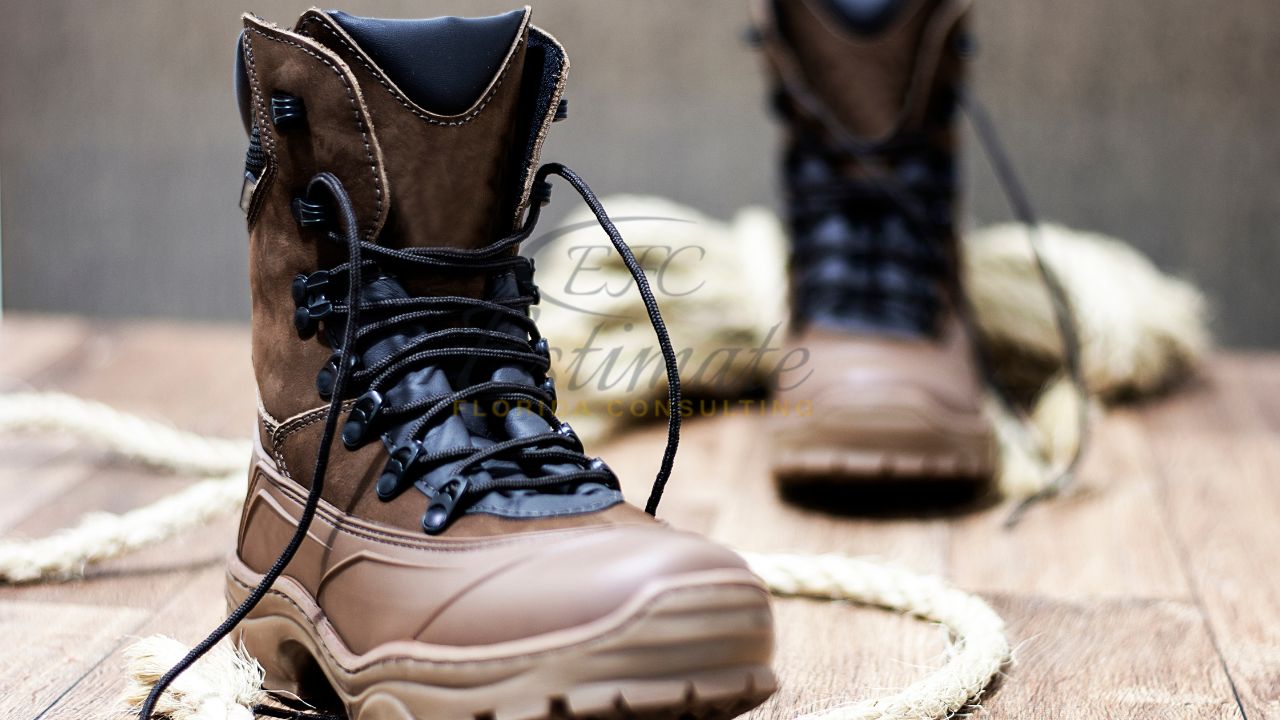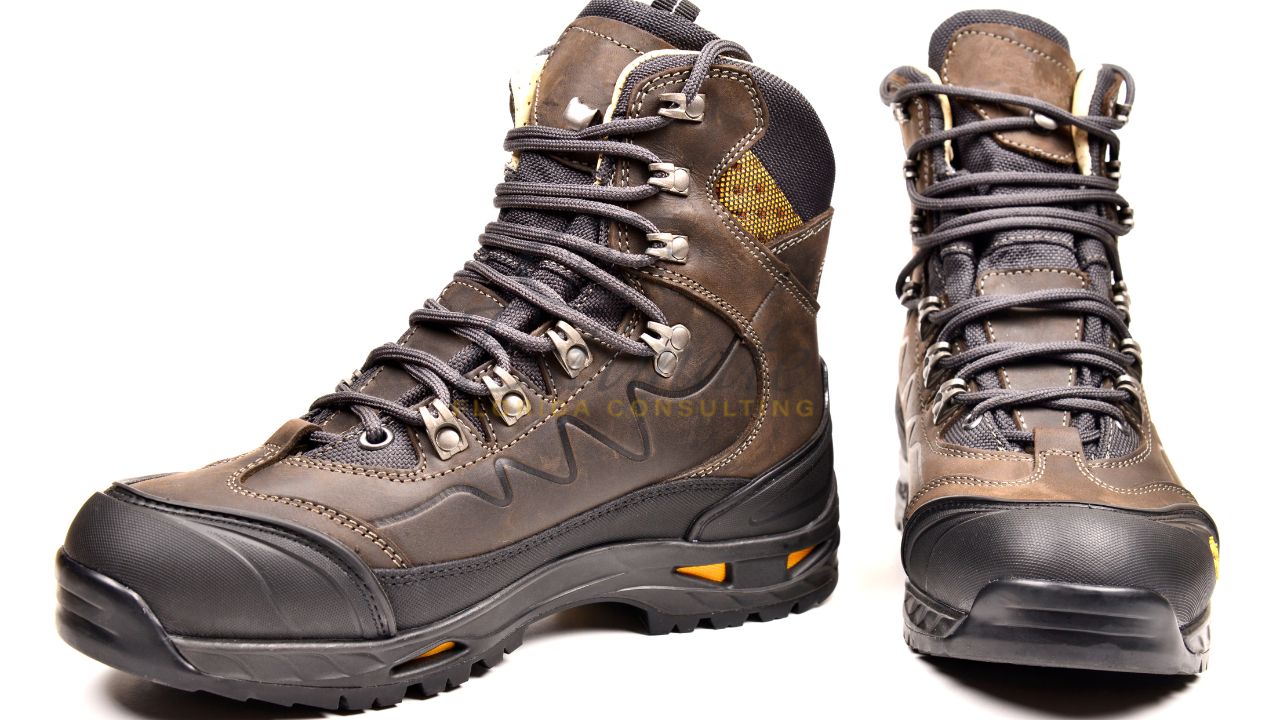Why Every Plumber Must Own These Waterproof Boots - The Ultimate Safety Guide
From waterlogged basements to mud-filled crawl spaces, plumbing jobs don’t just involve pipes, they demand grit, endurance, and the right gear. One essential tool often overlooked? A reliable pair of plumbing boots.
Exposure to water on the job isn’t just uncomfortable, it’s dangerous. Constant moisture increases your risk of slips, trench foot, mold exposure, and even electrical hazards. That’s why investing in high-quality waterproof boots is more than a comfort decision; it’s a safety strategy. When your livelihood depends on your physical performance and your ability to move safely and efficiently, you need footwear that works as hard as you do.

The Plumber’s Jobsite: Water, Slips, and Silent Risks
Environment: Plumbers work in some of the most unpredictable conditions in construction, including flooded basements, leaking ceilings, outdoor trenches, and crawl spaces with inadequate ventilation. Add in extreme temperatures, insufficient lighting, and uneven ground, and it becomes clear how much risk is involved.
Risk Factors:
- Slippery surfaces increase fall risks
- Prolonged moisture exposure leads to fungal infections, blisters, and trench foot
- Waterlogged boots can lose structural integrity, becoming unsafe and unsupportive
- Unprotected feet are more vulnerable to electrical hazards and heavy object injuries
Why Waterproof Boots Are Non-Negotiable for Plumbers?
Waterproof boots are not just for comfort, they are essential protective equipment.
How Waterproof Boots Work:
Waterproof work boots rely on a multilayer system to keep feet dry and protected:
- Treated Leather or Synthetic Uppers: Repel water on contact
- Waterproof Membranes (e.g., Gore-Tex): Allow sweat to escape while blocking external moisture
- Seam-Sealed Construction: Prevents water penetration at stitching and joins
- Moisture-Wicking Linings: Keep feet dry from internal moisture (sweat)
Some boots even include antimicrobial linings to reduce odor and fungal growth. And unlike basic water-resistant options, fully waterproof boots can handle submersion and long-term exposure to standing water.
Investing in the right waterproof boots means you can step confidently into every worksite without second-guessing your footing or your comfort.
Must-Have Features in Plumbing Work Boots
Here’s what to prioritize when choosing boots for plumbing work:
Feature | Attribute | Why It Matters to Plumbers |
Waterproofing | Gore-Tex or proprietary membrane | Maintains dryness in constant wet exposure |
Outsole | Slip-resistant rubber with multi-directional lugs | Prevents slipping on wet floors or ladders |
Upper | Full-grain waterproof leather | Long-lasting and resists cracking or warping |
Liner | Breathable and moisture-wicking | Reduces odor, blisters, and sweat buildup |
Safety Toe | Steel or composite | Protects against dropped tools and heavy pipe |
Comfort | Arch support and shock-absorbing midsoles | Reduces fatigue during long hours |
Fit | Wide toe box and padded collar | Prevents rubbing, allows toe splay |
Additional Options Worth Considering:
- Insulated Liners for cold-weather plumbing
- Metatarsal Guards for working in high-impact environments
- Electrical Hazard (EH) Rated Boots for added protection
Popular options include Ariat WorkHog, Thorogood 1957 Series, Timberland PRO, and Wolverine Floorhand.
Don’t forget to consider weight. Lightweight composite-toe boots are often preferred for all-day wear compared to heavier steel-toe models.
How to Maintain and Waterproof Your Boots at Home?
Keeping your boots waterproof isn’t just about buying the right pair; it’s about maintaining them.
Step-by-Step: How to Waterproof Work Boots
- Clean your boots thoroughly with a brush and a damp cloth.
- Dry completely, never apply waterproofing treatment to wet leather.
- Apply a waterproofing product:
- Wax-based creams for deep leather penetration
- Spray sealants for fast coverage
- Let them cure overnight in a dry, warm location.
Best Waterproofing Products for Leather Boots:
- Obenauf’s Heavy Duty LP
- Nikwax Waterproofing Wax for Leather
- Kiwi Boot Protector Spray

Tip:
Reapply every 1–2 months, especially if you frequently work on wet job sites. For Ariat and cowboy boots, choose conditioners specifically designed for exotic or finished leathers to prevent discoloration.
Additional Waterproofing Tips for Specific Boot Types
- How to Waterproof Ariat Boots: Use a soft cloth and Ariat-recommended products, avoiding thick waxes that may clog breathable linings.
- Waterproofing Cowboy Boots: Always check the type of leather first. Use a spray for smooth leather and a conditioner for rough-out or suede.
- Best Leather Boot Waterproofing Tip: Start with a thorough clean, then condition, and finally seal. Conditioning improves product absorption.
- Waterproofing Hiking Boots vs. Work Boots: Hiking boots often utilize different materials, such as mesh or synthetic materials. Be sure to choose a waterproofing method that doesn’t block breathability.
Waterproofing isn’t a one-size-fits-all task, your leather type and job demands should guide the products you use.
Evidence-Based Benefits of Investing in Quality Waterproof Boots
Waterproof work boots do more than just keep feet dry:
- Safety: OSHA reports nearly 700 workplace fatalities per year from slips, trips, and falls, roughly 15% of all accidental deaths.
- Durability: Boots with regular waterproofing maintenance last 30–50% longer than untreated pairs.
- Health: Wet feet can cause trench foot, blisters, athlete’s foot, and even nerve damage.
- Job Performance: Dry feet mean better focus, more stamina, and fewer distractions.
Wearing inadequate footwear can result in costly downtime, especially for independent contractors. Soggy boots and sore feet slow down productivity and morale.
Don’t Wait Until It’s Too Late
Every plumber has a moment where their gear either saves the day or sabotages it. Don’t let soaked feet or a slippery sole cost you time, health, or safety. Equip yourself with waterproof boots that work as hard as you do.

